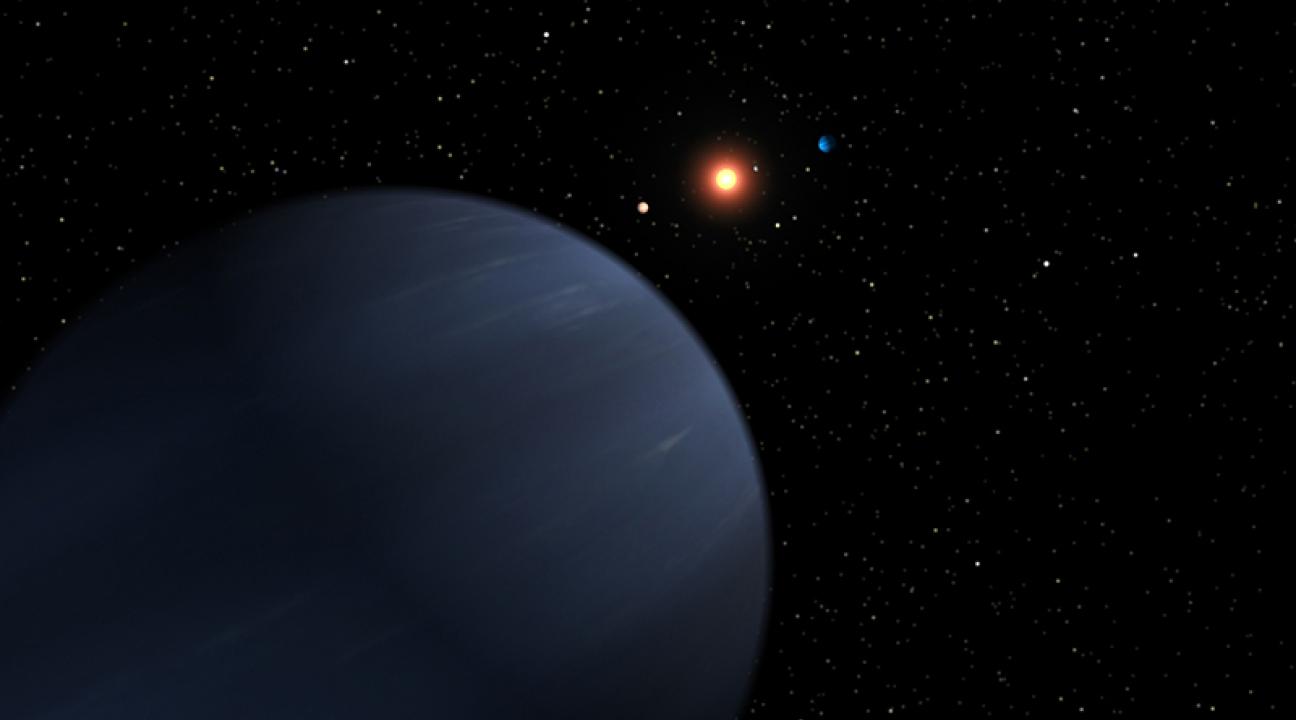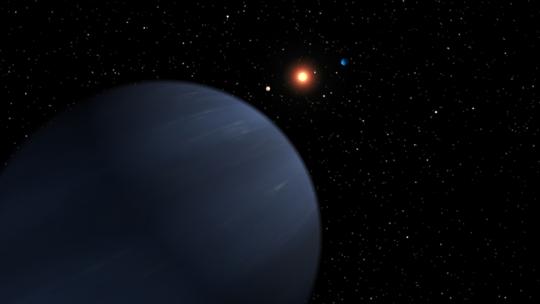Cosmos and More
What Physicists Do Lecture Series Brings the Cosmos and More to Campus
Sonoma State University's What Physicists Do features lectures on topics like meteorites in Antarctica, finding a new Earth, extreme weather and more on Mondays at 4 p.m. in Darwin 103. Admission is free, parking is $5-$8 on campus.
Feb. 13
Climate of Doubt
A presentation of the PBS Frontline documentary that takes a fascinating view inside the organizations that seek to sow doubt in the public's perception of the scientific evidence of human induced climate change.
Feb. 20
Environmental Studies
Dr. Daniel Soto, Sonoma State University
The Chair of the Department of Environmental Studies & Planning at SSU, Dr. Daniel Soto, will present his most recent research.
Feb. 27
The Universe of Galaxies and Stem Research Opportunities For Young People
Dr. Raja GuhaThakurta, UC Santa Cruz
D. Raja GuhaThakurta will cover recent results from his group's research on galaxy structure and evolution including topics like the assembly of dark matter, galaxy cannibalism, and chemical evolution. The lecture includes information about the Science Internship Program at UC Santa Cruz and the global SPHERE network.
March 6
How The Electric Grid Turned Upside Down
Geof Syphers, CEO, Sonoma Clean Power
The transition from coal and natural gas sources of electric power to wind and solar has utterly transformed how utilities think about the grid. The plan for how utilities will maintain grid reliability in the face of this transition flips everything upside down. Geof Syphers CEO of Sonoma Clean Power will discuss how they are building an electric grid with less than 10 percent reliance on greenhouse gas emitting fuels by 2030.
March 20
Science and Society
Dr. Scott Severson, Sonoma State University
Dr. Scott Severson of SSU will present an overview of the challenges and opportunities that exist at the interface between scientific discovery and the public sphere.
March 27
Searching For Meteorites in Antarctica
Dr. Monika Kress, San Jose State
Meteorites fall on the earth at a rate of 30,000 kg/year. Antarctica is an ideal hunting-ground for these precious samples of other worlds, so each year, the National Science Foundation funds a handful of scientists to search the icy wastelands to recover as many meteorites as possible. In this talk Dr. Monika Kress of San Jose State will discuss the science of meteorites and their recovery from the most inhospitable place on Earth.
April 3
TBA
April 10
Extreme Weather in a Changing Climate
Dr. Michael Wehner, Lawrence Berkeley National Laboratory
Dr. Michael Wehner of Lawrence Berkeley National Laboratory will present an overview of his research on the behavior of extreme weather events in a changing climate. Changes in the magnitude and frequency of extreme weather are likely the most serious consequence of human induced global warming. Understanding what the future portends is vital if society hopes to adapt to a very different world.
April 17
Finding a New Earth: Exoplanets and The Habitable Zone
Dr. Stephen Kane, San Francisco State University
Dr. Stephen Kane of San Francisco State University will describe what the idea of a Habitable Zone means and shows examples of planets outside the solar system that lie in their star's Habitable Zone.
April 24
Imaging Extrasolar Planets
Dr. Bruce Macintosh, Stanford University
Dr. Bruce Macintosh of Stanford University will discuss how with current technology, young planets can be directly imaged - resolved from their parent star - with a technique called adaptive optics. Dr. Macintosh will discuss results from such imaging, particularly the four-planet system orbiting HR8799.
May 1
New Technique For Studying Materials
Dr. Zahid Hussain, Lawrence Berkeley National Laboratory
Dr. Zahid Hussain of the Lawrence Berkeley National Laboratory will describe his research targeting the development of novel x-ray scattering instrumentation for probing quantum materials.



